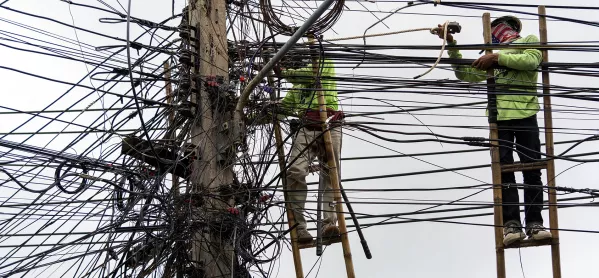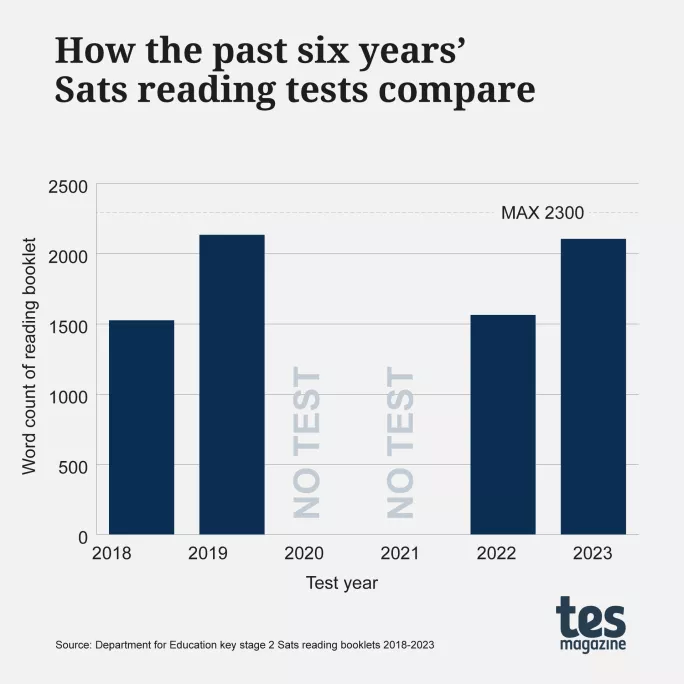This week, Year 6 pupils in England sat down to take their hour-long key stage 2 reading test - the third paper of six during the 2023 Sats week.
The reading paper has caused huge controversy this year among primary teachers and leaders (and pupils) - not because of the content but because of the length of the texts and the difficulty of the questions.
In the reading booklet, children were asked to read a total of 2,106 words split into three separate texts. This is one of the longest reading booklets ever used in the KS2 tests - and almost at the limit of the 2,300 words for the texts that is set as the maximum number.
Furthermore, the Department for Education’s guidelines say that a Sats pupil is expected to be able to read a minimum of 90 words per minute.
This means reading the booklet alone would take 23 minutes and 30 seconds, leaving just 36 minutes and 30 seconds to answer the test questions.
But this isn’t the only reading that pupils are expected to do in the hour-long test.
In the section of the test book that poses the questions to pupils, there are many more words to be read - 1,337 in fact.
That will take our 90-words-a-minute reader another 14 minutes and 51 seconds to read - but we will round that up to 15 minutes to give them time to turn the pages.
So there are now just 21 and a half minutes to answer 38 questions - meaning you have to give an answer every 34 seconds (this includes the time it will take to go back and re-read a passage to get their answer).
What’s more, with a maximum of 50 marks in total to be had in the paper from these questions, it means you are trying to “score” a mark every 25 seconds.
Break it down like this, and throw in the reports that the texts chosen were particularly unengaging, and it’s no wonder so many teachers reported pupils feeling overwhelmed, upset and stressed with the paper.
It’s made all the more controversial when you consider that the 2022 reading paper for Sats was so different. That contained just 1,564 words in the reading booklet, meaning pupils reading at 90 words per minute could finish it in just over 17 minutes - a full 6.5 minutes quicker than this year.
As the answer booklet contained 1,130 words - meaning it could be finished in 12 and a half minutes - it meant overall the paper contained under 30 minutes of reading, giving pupils a whole eight and a half minutes more for their answers.
As a result, instead of half a minute per mark, students in 2022 had a luxurious 61 seconds.
Any child who reads at a speed under 90 words a minute is given 25 per cent more time to complete the test. This means that whether they read 89 words a minute or 60, all students receive the 25 per cent increase.
In fact, though, the time given to pupils for Sats reading varies massively each year, with the length of texts chosen ranging from just 1,526 in 2018 to 2,135 in 2019, the last year before the pandemic.
Given the huge impact the pandemic will have had on this year’s cohort of pupils, it is no wonder so many people have raised concerns about the difficulty of the paper.
When Tes asked the DfE about the length of the reading paper, it said that the KS2 assessments were “designed to be challenging in order to measure attainment across the ability range, including stretching the most able children”.
With regards to the challenge of the reading test in 2023 compared to 2022, the DfE explained that “test development takes many years, with questions rigorously trialled with Year 6 pupils and reviewed by education and inclusion experts to ensure appropriateness”.





